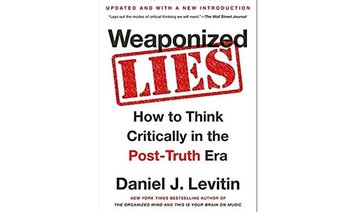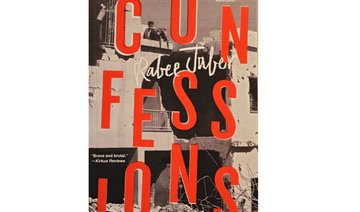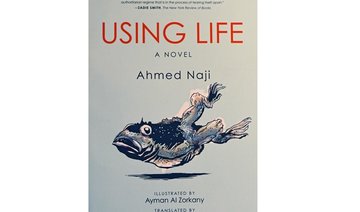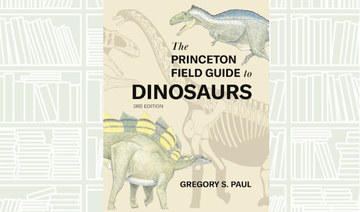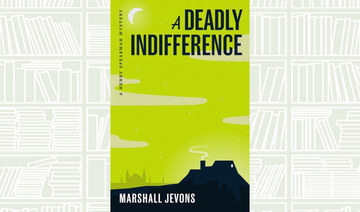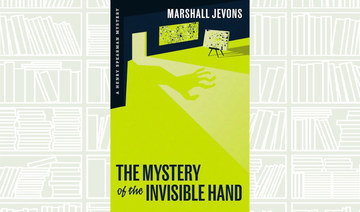In this book, award-winning BBC world affairs editor John Simpson looks back on a 50-year career which has seen him report on major world events, including the fall of the Berlin Wall, the revolution in Iran and the collapse of apartheid in South Africa. He weaves the tales of the greatest foreign correspondents with extraordinary accounts from his own lifetime. The subtitle also reminds us that Simpson has intended this book to “constitute a kind of a guidebook to the origin, development and practice of the foreign correspondent’s profession.”
The lifestyle of a foreign correspondent is often considered glamorous. He travels, stays in nice hotels and meets world leaders and celebrities. Simpson has acknowledged himself that although he had been attracted at first by this glamorous side of the profession, he very soon discovered that “the glamor vanishes the instant you try to reach out to touch it.” He had to wait far longer than he had expected to travel to all the places he was dreaming of. When he became a foreign correspondent, he discovered with dismay that he was sent to Ireland, certainly not the exotic destination he had in mind.
If many reporters study journalism, an equal number of people without a journalistic background land in journalism because they write well. In fact, some of the best journalists never studied journalism, and even if they had they might still lack the special qualities required to report from a war zone.
“Too much training, organization and filtering can’t be a good idea if the aim is to attract free spirits,” says Simpson, who never trained to be a journalist and describes journalism as “an odd-job calling” rather than a profession.
Journalism is the activity of gathering, assessing, creating and presenting news and information. It is interesting to notice that if most newspapers reflect the boss’s preferences, we also tend to buy the newspaper which matches our own opinion. However, at the end of the day, the most important point for a journalist is to be honest and sometimes even outspoken.
A foreign correspondent is a journalist based in a foreign country who regularly sends back news to the radio, TV, newspaper or agency he works for. According to Ethan Zuckerman, co-founder of Global Voices, a correspondent acts as a bridge between the foreign country and the place of publication. This description of the traditional foreign correspondent has, however, “become a species as endangered as the silver-backed gorilla. Nowadays, when you go to these places you are much more likely to find young men and women…renting a small flat in some cheap neighborhood while they strengthen their grasp of the local language and send back reports to as many different outlets as they can find,” writes Simpson
In their eye-opening book, “The World on a String,” Alan Goodman, John Pollack and CNN’s Wolf Blitzer say: “Young reporters need not spend years struggling in obscurity to land coveted foreign assignments. In fact, technological advances and cost-cutting at major media companies have created unprecedented opportunities for enterprising journalists to succeed abroad as freelance correspondents (or) stringers for newspapers, magazines, radio, television, wire services and Internet outlets.”
Discussing his book in a podcast interview with BBC History Extra, John Simpson acknowledges that since the invasion of Iraq in 2003 it has become more dangerous. “More journalists died then than I think just about any other time in the past. If you want to do a decent job, you’ve got to get close. And if you get in close, well, sometimes, you can get into trouble.”
Patrick Cockburn, one of the finest analysts and commentators on Middle Eastern politics, admitted that he had always thought that young and over-enthusiastic freelancers trying to make a name for themselves would be killed and not experienced journalists like Mary Colvin in Syria in 2012 and David Blundy in El Salvador in 1989. “In the event, it turned out to have been the veterans who lost their lives more frequently not because they made any great mistakes, but because they went to the well too often and got away with it so many times that they took one risk too many.”
But more often than one might think, it is the translator, the fixer or cameraman who take risks. Some of us remember “The Killing Fields,” a powerful film released in 1984 which recounts the harrowing ordeal of Dith Pran, the translator and fixer who worked for Sydney Schanberg of The New York Times in Cambodia. He saved Schanberg’s life and endured the horror of the killing fields. He was saved, after four years of torture, during the Vietnamese invasion of Cambodia and the demise of Khmer Rouge rule. Dith Pran escaped to the US where he was finally reunited with Sydney Schanberg and subsequently hired by The New York Times as a photographer.
“I have been close to death nine times — from bombs and bullets and once from a knife. Everywhere I’ve survived, I’ve got away with it. I think you have just to keep pressing on and being professional,” says Simpson, who tells readers the story of Abed Takkoush, a driver and fixer in Lebanon who was not as lucky. Takkoush was on an assignment with Jeremy Bowen, a BBC correspondent, on the border between southern Lebanon and Israel. He decided to stay in the car, while the other passengers got out to take pictures, when an Israeli tanker fired a shell toward the car and followed it with machine gun fire. Takkoush was killed instantly. Filled with guilt over his death, Bowen recalls in his book, “War Stories,” that he called out Takkoush’s name and received no answer. “Maybe he was hoping we would come and rescue him. If life was like a film I would have run up to him, bullets zinging off the gravel around me. I would have got to him and comforted him, and even if I had not saved his life he would not have had to die alone. But I decided I could not save him and that I had to save myself. The ending was not happy. Life is not a film.”
While writing this book, Simpson was surprised to discover that the profession of a foreign correspondent has changed little in the 400 years that the news business has been in operation. “What is extraordinary to me is that even the very first newspapers in the 1620s in England were recognizably like today’s…They had headlines and illustrations and corrections even…they are nearly recognizable (to) newspapers in the sense that we have them now.”
With the proliferation of fake news on the Internet, a growing number of people are searching for trustworthy news sources. A foreign correspondent — an eyewitness journalist with a deep knowledge of the country he or she writes about and the ability to captivate viewers and readers — is the guarantor of honest and unadulterated news.
Book Review: Working in a war zone
Book Review: Working in a war zone

What We Are Reading Today: ‘A Natural History of Shells’
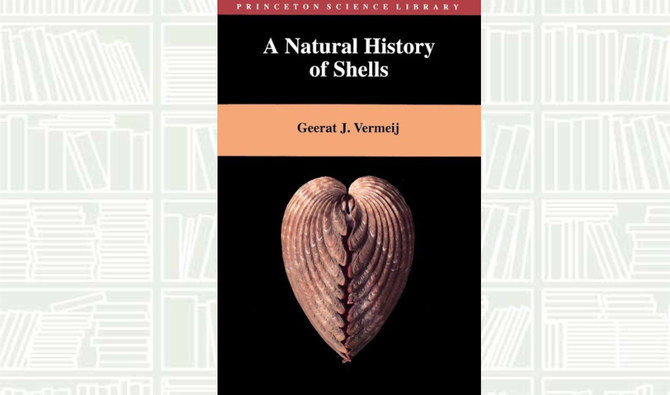
- Most popular books on shells emphasize the identification of species, but Vermeij uses shells as a way to explore major ideas in biology
Author: GEERAT VERMEIJ
Geerat Vermeij wrote this “celebration of shells” to share his enthusiasm for these supremely elegant creations and what they can teach us about nature.
Most popular books on shells emphasize the identification of species, but Vermeij uses shells as a way to explore major ideas in biology.
How are shells built? How do they work? And how did they evolve? With lucidity and charm, the MacArthur-winning evolutionary biologist reveals how shells give us insights into the lives of animals today and in the distant geological past.
What We Are Reading Today: ‘A Natural History of Shells’ by Geerat Vermeij

Geerat Vermeij wrote this “celebration of shells” to share his enthusiasm for these supremely elegant creations and what they can teach us about nature.
Most popular books on shells emphasize the identification of species, but Vermeij uses shells as a way to explore major ideas in biology.
How are shells built? How do they work? And how did they evolve?
With lucidity and charm, the MacArthur-winning evolutionary biologist reveals how shells give us insights into the lives of animals today and in the distant geological past.
What We Are Reading Today: The Princeton Field Guide to Dinosaurs

Author: Gregory S. Paul
The bestselling “Princeton Field Guide to Dinosaurs” remains the must-have book for anyone who loves dinosaurs, from amateur enthusiasts to professional paleontologists. Now extensively revised and expanded, this dazzlingly illustrated large-format edition features nearly 100 new dinosaur species and hundreds of new and updated illustrations, bringing readers up to the minute on the latest discoveries and research that are radically transforming what we know about dinosaurs and their world.
What We Are Reading Today: The Virtue Proposition by Sig Berg
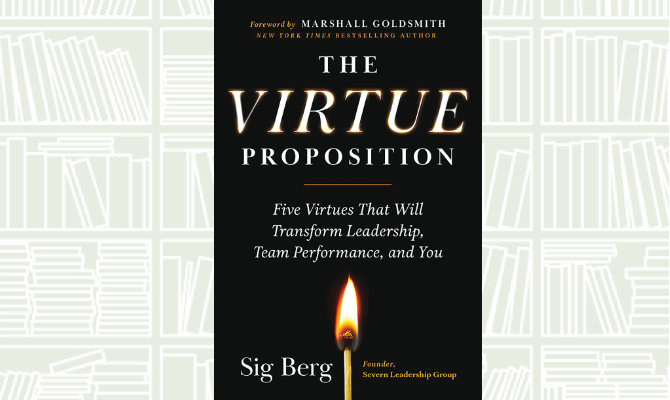
Sig Berg, founder of the Severn Leadership Group, explains what’s missing from traditional leadership, with its emphasis on the rules and rituals of boardrooms and C-suites, and from iconoclastic leadership, which urges you to move fast and break things.
Neither of these embrace virtues, and neither has, nor ever will, deliver consistent superior results.
There is a courageous third way: virtuous leadership.
This book speaks to men and women who witness the absence of virtues and know they can do better, says a review published on goodreads.com.
What We Are Reading Today: ‘Stellar English’
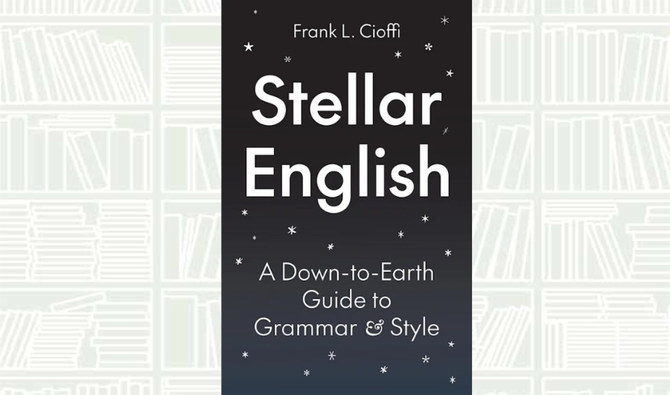
Author: FRANK L. CIOFFI
“Stellar English” lays out the fundamentals of effective writing, from word choice and punctuation to parts of speech and common errors.
Frank Cioffi emphasizes how formal written English—though only a sub-dialect of the language—enables writers to reach a wide and heterogenous audience.
Cioffi’s many example sentences illustrating grammatical principles tilt in an otherworldly direction, making up a science fiction story involving alien invasion.


